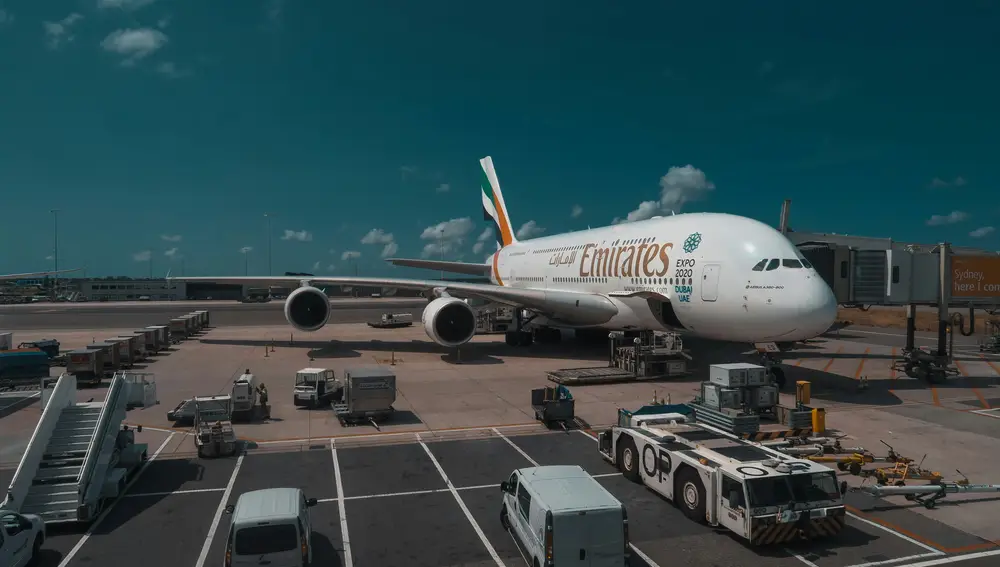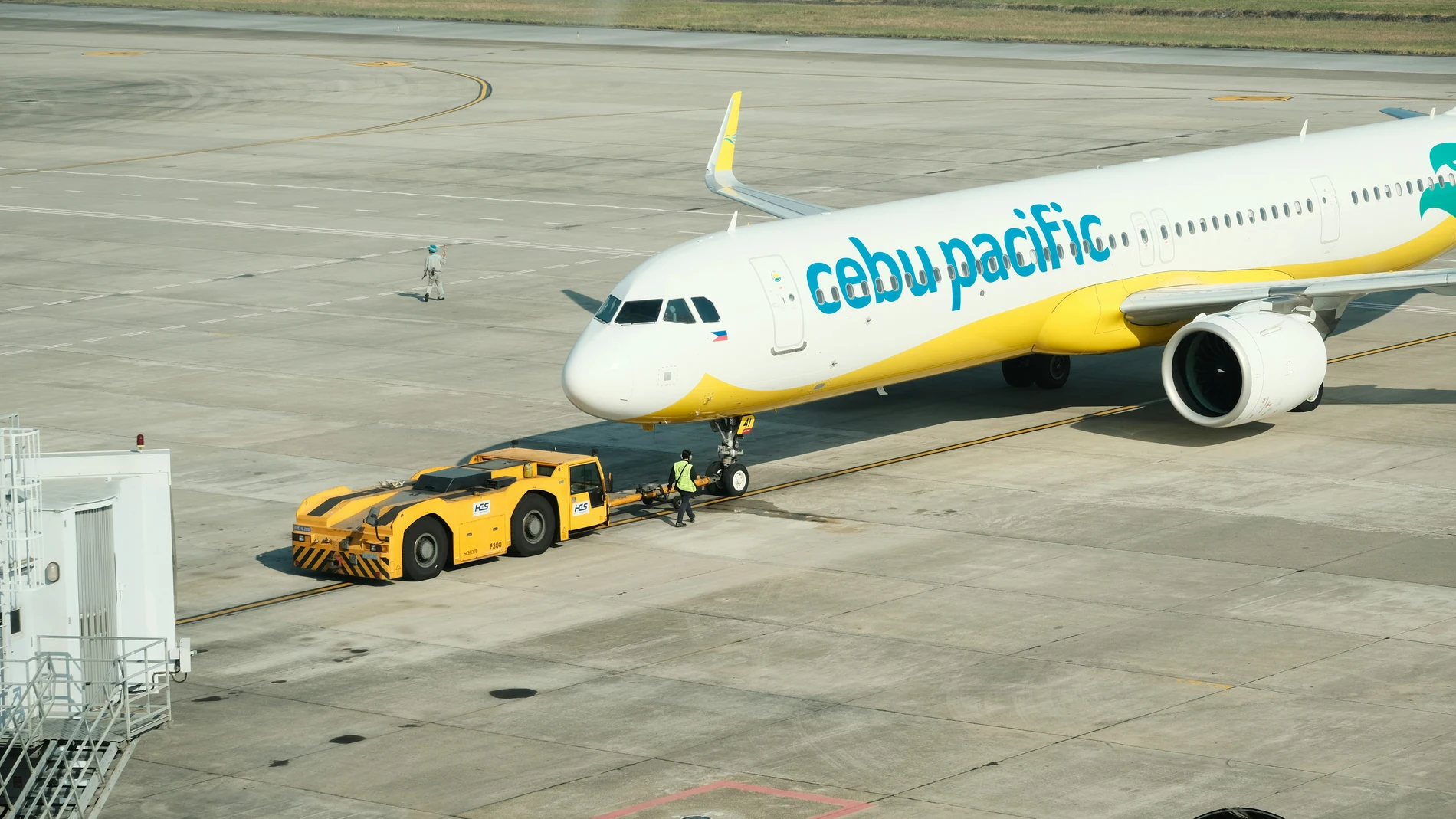We have all experienced the slow, long procession of an aircraft along the runway before take-off. What many people do not know is that, during this journey, the jet engines are burning kerosene at a dizzying rate. Airbus has come up with a solution.
In the constant quest for more sustainable aviation, we often think of futuristic renewable fuels, revolutionary wing designs or electric engines that still seem a long way off. However, one of the most impressive and realistic innovations for reducing the carbon footprint of flights is happening on the ground, right in front of our eyes, albeit almost invisibly. These are the Taxibots, vehicles that are set to replace the traditional method of taxiing aircraft.
The idea, which is part of an ambitious European initiative led by Airbus called HERON (Highly Efficient gReen OperatioNs), is based on a premise that is as simple as it is brilliant: why use thousands of litres of jet fuel and generate huge amounts of emissions and noise for a task as simple as getting from the boarding gate to the runway?
What is a Taxibot and how does it work?
A Taxibot is a hybrid-electric tow tractor, but with one feature that changes everything: it is controlled directly by the aircraft pilot from the cockpit. Its operation is a brilliant piece of engineering: the vehicle attaches itself to the aircraft’s front landing gear, lifts the wheel onto a rotating platform, and from that point on, the pilot uses the aircraft’s own steering wheel (tiller) and brakes to steer the entire unit.
The tractor driver is only responsible for connecting the vehicle to the aircraft and performing the initial pushback from the boarding gate. Once this is done, control is handed over to the pilot for the entire journey along the runway. The aircraft’s powerful and polluting engines remain off until a few minutes before take-off.
This simple change in procedure has a massive impact: it eliminates unnecessary fuel consumption on the ground, which translates into a drastic reduction in CO2 and NOx emissions, as well as noise pollution at airports.
A reality at major airports (and with a 100% electric future)
Far from being a simple prototype, Taxibots are now a tangible reality. The necessary modifications to Airbus single-aisle aircraft are already certified and available for installation in current fleets. In fact, airlines such as easyJet are already planning to start trials in 2025 at Schiphol Airport in Amsterdam.

The choice of Schiphol is no coincidence. Studies indicate that large-scale adoption of the Taxibot could result in fuel savings on the ground of around 50%, reaching an incredible 85% on routes to the airport’s most distant runways. Other major airports such as JFK in New York, Charles de Gaulle in Paris, New Delhi and Brussels are also already testing these vehicles.
The future is even more promising. A fully electric version of the Taxibot is expected to be introduced in 2026, and a variant is already being developed for wide-body aircraft such as the A340 and A380, which cover long-haul routes.
The ultimate goal of the HERON project and its 24 partners (including airlines such as Air France and Lufthansa, and airport operators such as Aéroports de Paris) is for the Taxibot to become the standard procedure for aircraft ground movements, whenever conditions allow. As Benjamin Tessier, HERON coordinator at Airbus, points out, ‘airports are actively seeking solutions to reduce CO2 emissions from ground operations,’ and this ingenious solution appears to be one of the most effective and realistic in the short term to achieve this.

